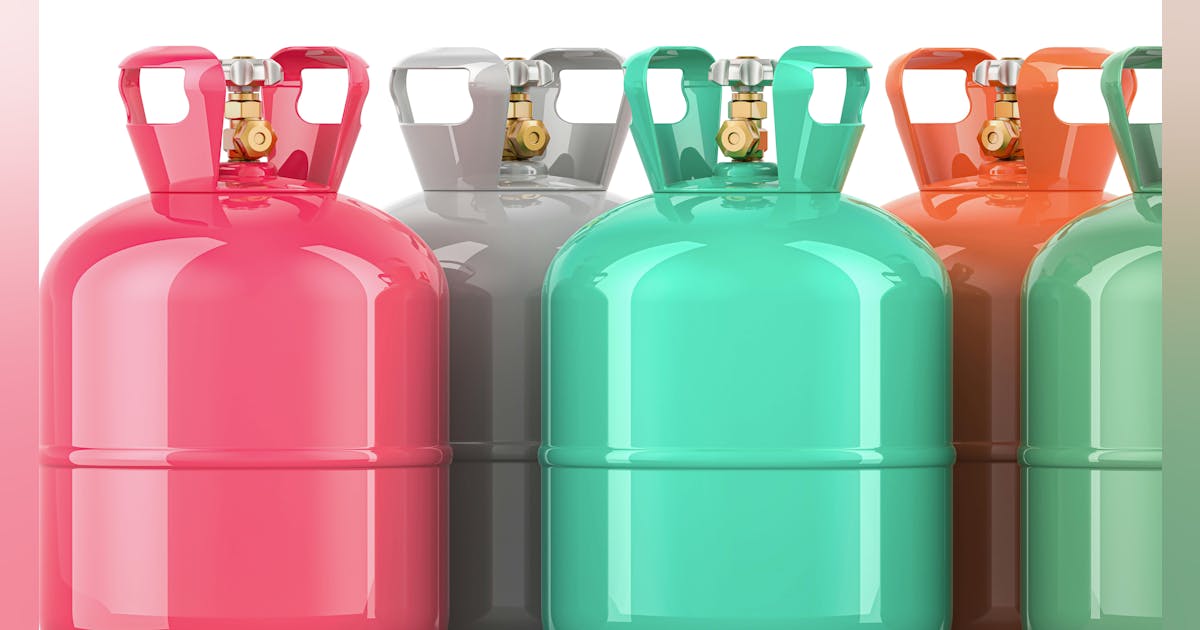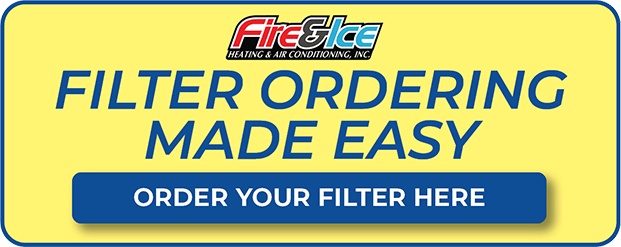WASHINGTON – Sept. 23, 2024 — the U.S. Environmental Protection Agency announced a final rule to establish a new program to better manage, recycle, and reuse climate-damaging hydrofluorocarbons (HFCs) under the American Innovation and Manufacturing (AIM) Act. The final rule includes provisions that will reduce wasteful leaks from large refrigeration and air conditioning equipment and will support American leadership and innovation in the development of clean solutions to reduce what some believe to be “heat trapping emissions.”
Today’s final rule, establishing the Emissions Reduction and Reclamation (ER&R) program, addresses the third part of the bipartisan AIM Act, and comes less than two years after President Biden signed the U.S. ratification of the Kigali Amendment to the Montreal Protocol, an international agreement to phase down climate-damaging HFCs and help avoid up to 0.5 degrees Celsius of global warming by 2100. By reducing leaks and promoting innovative reuse of existing HFCs, this final rule will help the nation achieve an 85% HFC phasedown by 2036 while boosting American leadership and competitiveness.
The primary HFC refrigerants are: R23; R134a; R404A; R407C; R410A; R417A; R422A; R507; R508B. R410A is the most common refrigerant in use today by residential heating and air conditioning contractors.
“American companies are leading the world in developing and innovating clean solutions to reduce climate-damaging HFCs,” said EPA Administration Michael S. Regan. “This rule is the final foundational step in our strategy to address HFCs, building on programs to reduce HFC production and imports, and to guide technologies to safer alternatives. Our HFC programs embody the Biden-Harris Administration’s strong belief that climate action opens up new opportunities for American technology and innovation.”
“The Biden-Harris Administration has moved with urgency and ambition since Day One to implement the bipartisan AIM Act and deliver the massive climate benefits and American manufacturing opportunities of a rapid HFC phasedown,” said White House National Climate Advisor Ali Zaidi. “Today’s final rule will support a growing American industry for HFC recycling and reclamation, building on the Administration’s successful implementation of a 10% HFC reduction step on production and imports in 2022 and 2023 and ongoing implementation of the 40% reduction step that started this year – major results that we have delivered while working in partnership with industry to create good-paying jobs and strengthen American leadership on innovative HFC alternatives.”
“Alliance members welcome the completion of the Refrigerant Management and Reclaim rule,” said Kevin Fay, Executive Director of the Alliance for Atmospheric Policy. “We look forward to reviewing the details of the final rule, which establishes a formal baseline for a unified Federal approach to refrigerant management. We recognize that much work remains to fulfill the implementation requirements and to grow the program to achieve refrigerant emission controls that are environmentally and economically effective.”
“In AHRI’s view, this Final Rule, which is an important part of the ongoing transition from hydrofluorocarbons (HFCs) to next-generation refrigerants, is the first, but important, step in refrigerant management policy for the HFC transition,” said Air-Conditioning, Heating, and Refrigeration Institute President & CEO Stephen Yurek.
“EPA has taken an important step today in setting up the third leg of the American Innovation and Manufacturing Act. There are many measures necessary to effectively manage super pollutant hydrofluorocarbons (HFCs) and EPA will now require several of the most impactful. With this rule, EPA has laid the foundation for reducing leaks and increasing recovery and reuse of HFCs from equipment,” said Richie Kaur, Senior Advocate, Natural Resources Defense Council.
“This landmark rule solidifies a strong regulatory foundation to drastically cut emissions – curbing demand for new super pollutant HFCs by incentivizing the reuse of HFCs already in circulation and penalizing their leaks. In addition to real emissions reductions at home, this provides a powerful example for other countries looking to regulate climate pollution from the cooling sector, especially as we push for robust refrigerant management globally, including at the Montreal Protocol,” said Avipsa Mahapatra, Climate Campaign Director, Environmental Investigation Agency (EIA US).
The ER&R program will help minimize releases of HFCs from equipment by addressing leaks across the lifespan of refrigerant-containing equipment, such as air conditioners and refrigeration systems, while also maximizing the reuse of existing HFCs — supporting a growing American industry for recovering HFCs from existing equipment and reclaiming them to be used again, all while reducing lifecycle emissions. Earlier this year, EPA announced grant recipients for funding from President Biden’s Inflation Reduction Act to support American innovation on HFC reclamation.
The final ER&R program includes requirements for repairing leaking equipment, the installation and use of automatic leak detection systems on large refrigeration systems, using reclaimed HFCs to service certain existing equipment, minimizing HFC releases from fire suppression equipment, fire suppression technician training, and removal of HFCs from disposable cylinders before they are discarded. The regulations also establish a standard that limits the amount of new, or virgin, HFCs that can be contained in reclaimed HFC refrigerants. Additionally, the EPA is establishing alternative standards under the Resource Conservation and Recovery Act for ignitable spent refrigerants when recycled for reuse.
In response to this final rule, Air Conditioning Contractors of America (ACCA) issued an email to members and media expressing relief that the rule will allow HVACR contractors more flexibility in operations, thanks in part to ACCA’s involvement. ACCA sources report the rule will have no mandate for reclaimed HFCs in initial refrigerant charges; has a flexible disposable cylinder return policy; and will not mandate a QR code tracking system, which would have been the most onerous regulation, requiring endless hours tracking refrigerant cylinders from multiple locations. CLICK HERE TO READ MORE ABOUT ACCA’s response to the final rule.
EPA estimates that in addition to the benefits from prior HFC actions, from 2026 through 2050, this rule will provide additional cumulative greenhouse gas emissions reductions of approximately 120 million metric tons of carbon dioxide equivalent, an incremental net benefit of at least $6.9 billion.
Earlier this month, EPA also published another action regarding HFCs. The proposed rulemaking concerns the eligibility of the six applications listed in the AIM Act to continue to receive priority access to HFC allowances beyond 2025, and, among other things, includes targeted revisions to the methodology for allocating these application-specific allowances. This proposal builds on extensive EPA engagement with stakeholders, including manufacturers of semiconductors and metered dose inhalers, which can be used to deliver potentially life-saving medications, to support continued availability of critical devices. EPA will accept comments on the proposed rulemaking, “Phasedown of Hydrofluorocarbons: Review and Renewal of Eligibility for Application-specific Allowances,” through October 31.
The AIM Act authorizes EPA to address HFCs in three main ways, and EPA has now issued final rules to implement all three of these pillars: phasing down their production and consumption through an allowance allocation program – through which EPA is implementing a 40% reduction of HFCs that started this year; facilitating the transition to next-generation technologies through sector-based restrictions; and promulgating regulations for purposes of maximizing reclaiming and minimizing releases of HFCs from equipment and ensuring the safety of technicians and consumers.
Whether you require installation, repair, or maintenance, our technicians will assist you with top-quality service at any time of the day or night. Take comfort in knowing your indoor air quality is the best it can be with MOE heating & cooling services Ontario's solution for heating, air conditioning, and ventilation that’s cooler than the rest.
Contact us to schedule a visit. Our qualified team of technicians, are always ready to help you and guide you for heating and cooling issues. Weather you want to replace an old furnace or install a brand new air conditioner, we are here to help you. Our main office is at Kitchener but we can service most of Ontario's cities
Source link



Add Comment